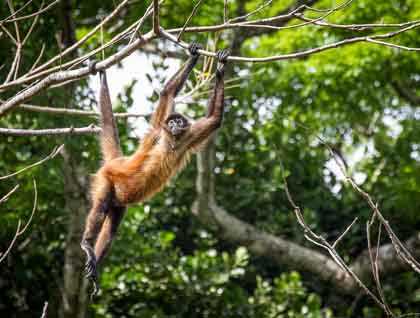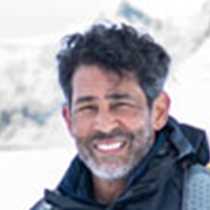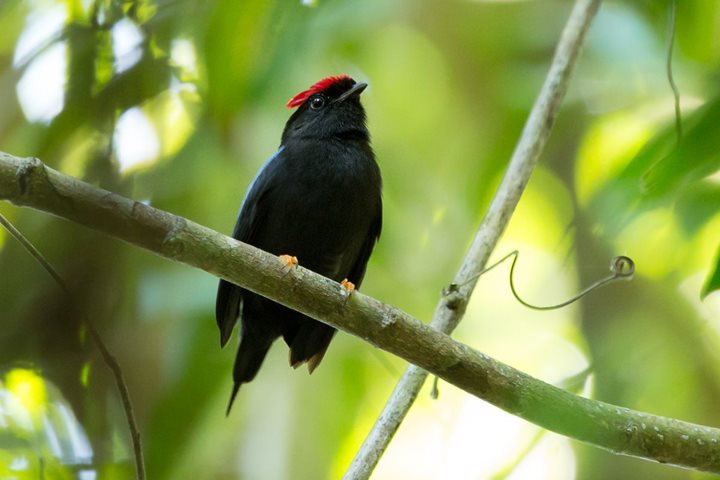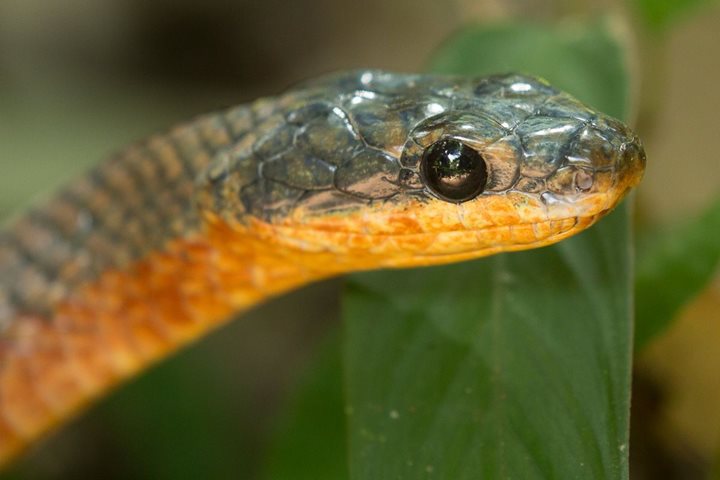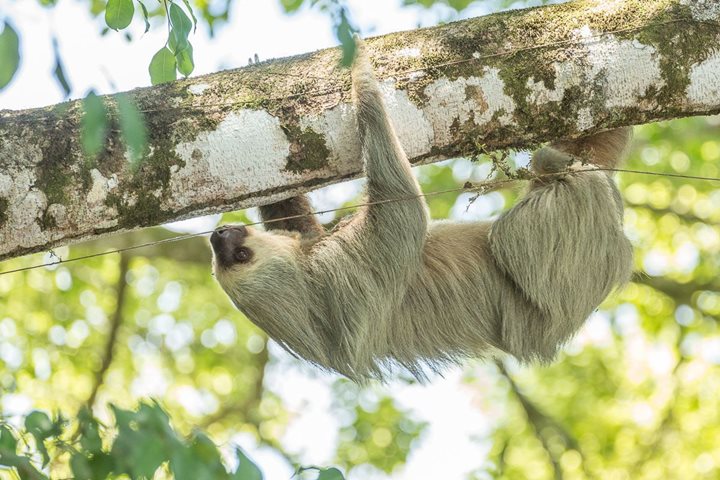After our very successful crossing of the Panama Canal’s Gatun Locks last night, National Geographic Sea Lion spent a peaceful night anchored at Gatun Lake at 85 feet above sea level.
Before the break of dawn and while deep in our dreams, a second Panama Canal pilot directed us to our destination. Our morning activities would take place at the famous Barro Colorado Island, or BCI. Run by the Smithsonian institute, it is a very important living laboratory. Once located on the top of a hill, BCI became an island when the Panama Canal was created. Meter by meter, it is one of the most studied plots of land on the surface of our planet. We owe a lot to BCI and the many scientists who have walked the same trails that we have walked today. A lot of what we know today about the tropical rain forest has been discovered here.
Today we had the opportunity to either walk on the trails or explore the edges of the Island by using our small boats, all groups escorted by the knowledgeable guides of BCI. We had great views of several snail kites actively searching for snails; lethargic crocodiles basking by the water’s edge; very vocal and loud howler monkeys that observed us from the safety of the tree-tops; and acrobatic spider monkeys swiftly moving through the canopy.
After a great lunch onboard, we continued for the remaining leg of our transit through the Panama Canal. We passed by iconic locations such as the Dredging Division with its giant crane, Titan, originally built in World War II Germany and claimed by the United States as a trophy of war. We also saw the infamous Culebra Cut, under the new Centennial Bridge, before finally hitting the Pacific Coast and admiring the locks of Pedro Miguel and Miraflores. Nightfall found us navigating under the Bridge of the Americas into the Bay of Panama, illuminated by the impressive sight of the skyline of modern Panama City.

